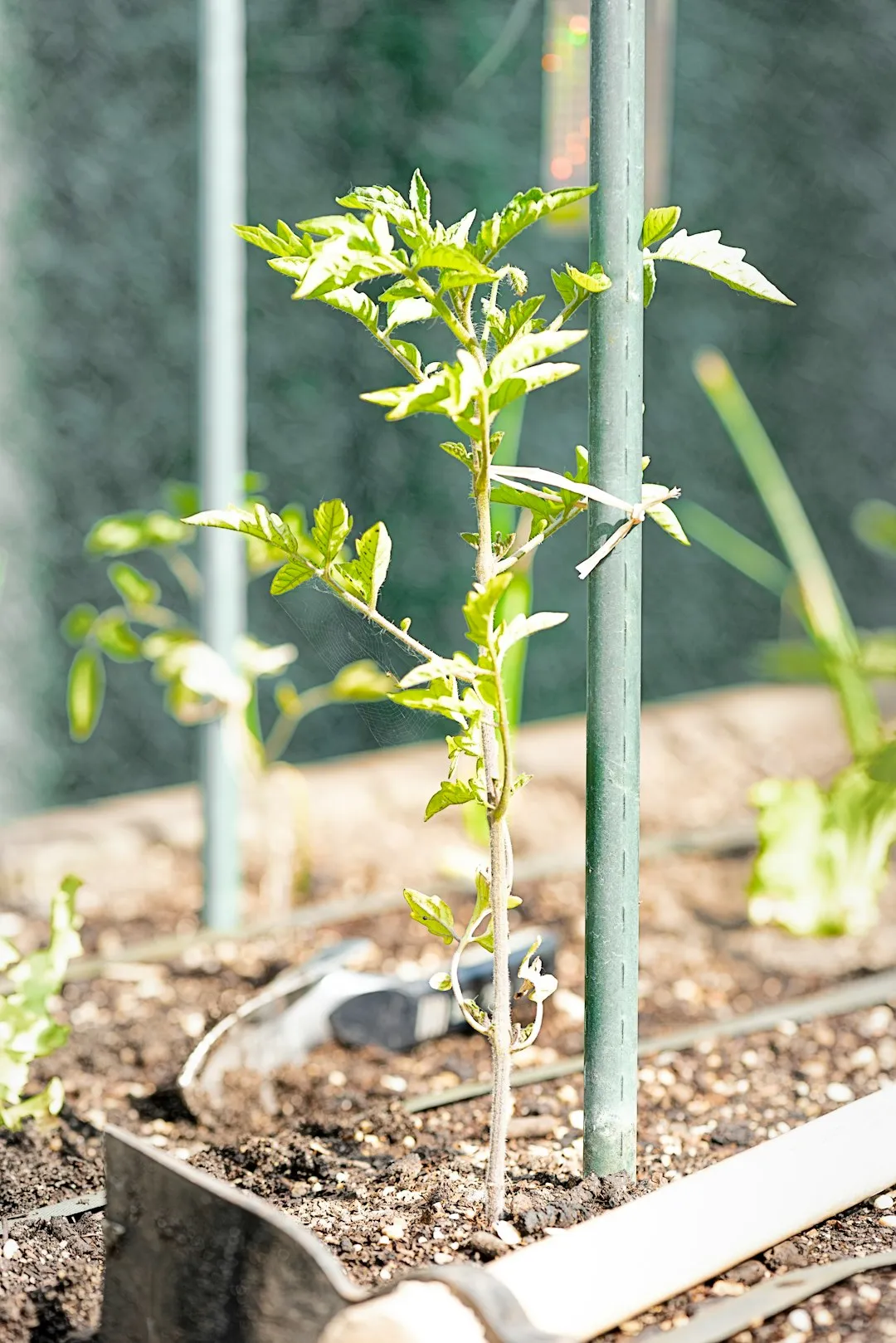Unveiling the Secrets of Snake Plant Care

Houseplants have become an integral part of modern living, adding a touch of nature and tranquility to our indoor spaces. Among the various houseplants, the snake plant stands out as a popular choice due to its hardiness and unique aesthetic appeal. In this article, we will delve into the right way to care for snake plants, covering everything from water and light needs to repotting and propagating.
Watering Requirements
One of the key aspects of snake plant care is understanding its watering needs. Snake plants are succulents, which means they store water in their leaves. As a result, they are more tolerant of drought conditions compared to other houseplants. Overwatering is one of the most common mistakes made when caring for snake plants, as it can lead to root rot and other issues.
To water your snake plant correctly, wait until the soil has completely dried out between waterings. You can check the moisture level of the soil by sticking your finger about an inch into the soil. If it feels dry, it's time to water. When watering, make sure to thoroughly soak the soil until water drains out of the bottom of the pot. Avoid leaving the plant sitting in standing water, as this can also cause root rot.
During the winter months, when the plant is in a dormant state, you can reduce the frequency of watering even further. In general, snake plants only need to be watered every two to three weeks during the winter.
Light Requirements
Snake plants are adaptable when it comes to light conditions. They can tolerate a wide range of light levels, from low light to bright, indirect light. However, they will grow best in bright, indirect light. If you place your snake plant in a location with too little light, it may become leggy and lose its compact shape.
On the other hand, if you expose your snake plant to direct sunlight for extended periods of time, it can cause the leaves to burn. If you want to place your snake plant in a sunny location, make sure to gradually acclimate it to the increased light intensity over a period of several weeks.
Soil and Fertilizer
Snake plants prefer well-draining soil. A good potting mix for snake plants should be a combination of peat moss, perlite, and sand. This type of soil will allow excess water to drain away quickly, preventing root rot.
Fertilizing your snake plant is not necessary, but it can help promote healthy growth. You can use a balanced, water-soluble fertilizer once a month during the growing season (spring and summer). Make sure to follow the instructions on the fertilizer package carefully, as overfertilizing can damage the plant.
Repotting
Snake plants are slow-growing plants, so they don't need to be repotted very often. In general, you only need to repot your snake plant every two to three years. When repotting, choose a pot that is only slightly larger than the current pot. This will prevent the plant from becoming root-bound and promote healthy growth.
To repot your snake plant, gently remove it from its current pot and loosen the roots. Place the plant in the new pot and fill it with fresh potting soil. Make sure to water the plant thoroughly after repotting.
Propagating
Propagating snake plants is relatively easy. There are two main methods of propagating snake plants: leaf cuttings and division.
To propagate snake plants from leaf cuttings, cut a healthy leaf from the plant and let it dry for a few days. Once the cut end has calloused over, place the leaf cutting in a pot filled with moist potting soil. Keep the soil moist and in a warm, bright location. After a few weeks, roots will start to form, and a new plant will begin to grow.
To propagate snake plants by division, carefully remove the plant from its pot and separate the roots into smaller sections. Each section should have at least one healthy leaf and a portion of the root system. Plant each section in a separate pot filled with fresh potting soil and water thoroughly.
In conclusion, caring for snake plants is relatively easy as long as you understand their basic needs. By following the tips outlined in this article, you can ensure that your snake plant thrives and adds beauty to your indoor space for years to come.